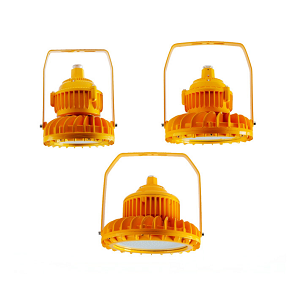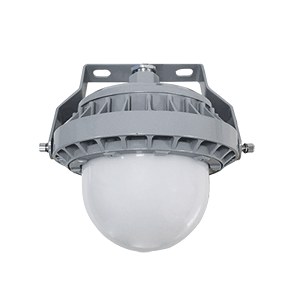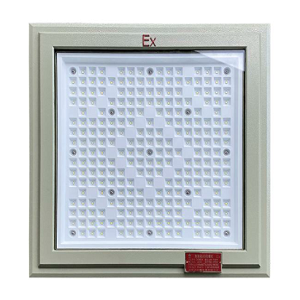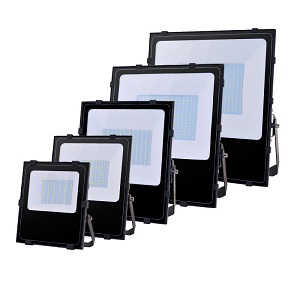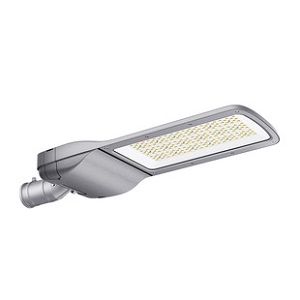Explosion-Proof Light Selection and Installation: Core Safety Requirements for Ship Paint Rooms
Explosion-Proof Light Selection: 5 Types and Applications
According to shipbuilding regulations, explosion-proof lights for paint rooms must be selected from the following five categories:
- Intrinsically Safe Explosion-Proof Light (Ex “i”): Ideal for low-power lighting by limiting circuit energy.
- Flameproof Explosion-Proof Light (Ex “d”): Robust housing withstands internal explosions, suitable for high-risk primary lighting.
- Increased Safety Explosion-Proof Light (Ex “e”): Enhanced insulation and sealing to prevent sparks, recommended for stable long-term use.
- Pressurized Explosion-Proof Lights (Ex “p”): Blocks flammable gases via continuous airflow, ideal for poorly ventilated areas.
- Special Protection Explosion-Proof Lights (Ex “s”): Custom-certified designs for complex conditions.
Note: Sand-filled (Ex “q”) and Encapsulated (Ex “m”) explosion-proof lights are prohibited in paint rooms.
Explosion-Proof Light Installation: Cable and Sealing Requirements
- Cable Standards
- Explosion-proof light cables must be armored or routed through sealed metal conduits. Use corrosion-resistant armor (e.g., galvanized steel) and seal conduit joints with explosion-proof putty to prevent gas ingress.
- Common Errors: Exposed non-armored cables or unsealed conduits compromise explosion protection.
- Sealing Design
- Explosion-proof lights require impact-resistant housings (e.g., polycarbonate) and stainless steel guards, with a minimum IP66 rating.
- Typical Issues: Cracked housings or degraded seals. Inspect gaskets quarterly and replace damaged parts immediately.
Explosion-Proof Light Grounding: Regulations and Best Practices
All metal components (housing, brackets, etc.) must be grounded, except:
- Double-insulated devices operating at ≤50V.
- Non-conductive covers or guards.
Implementation Tips:
- Direct Grounding: When mounted on ship metal structures, polish contact surfaces and apply anti-corrosion conductive paste.
- Supplementary Ground Wires: Even if compliant, add a yellow-green ground wire (≥2.5mm² cross-section) to address vibration-induced loosening.
Explosion-Proof Lamp Maintenance: 3 Common Issues and Solutions
Issue 1: Seal Failure in Explosion-Proof Light
- Risk: Flammable gas infiltration.
- Solutions:
- Replace gaskets with silicone seals and apply silicone oil to delay aging.
- Install vibration-damping mounts.
Issue 2: Non-Compliant Cabling for Explosion-Proof Lamps
- Risk: Sparking from corroded or damaged cables.
- Quick Check: Armored cables have thicker diameters with metal braiding; inspect junction boxes for explosion-proof cable glands.
Issue 3: Inadequate Grounding of Explosion-Proof Light
- Risk: Static buildup ignition.
- Fixes:
- Use a multimeter to test resistance between light and hull; re-ground if >1Ω.
- Add spring washers to grounding connections to prevent loosening.
Explosion-Proof Lamp Inspection: Annual Checklist
- Certification Check: Verify Ex certification validity (typically 5 years) and match labels with documentation.
- Sealing Test: Spray water to validate IP rating; check for internal condensation when powered.
- Ground Resistance Test: Measure with a megohmmeter; ensure ≤1Ω.
Conclusion
Explosion-proof light are critical for safe ship paint room operations. Prioritize ATEX/IECEx-certified products and implement a lifecycle management system (“one light, one file”). By adhering to strict selection, installation, grounding, and maintenance protocols, explosion risks are minimized, ensuring vessel safety and regulatory compliance.


